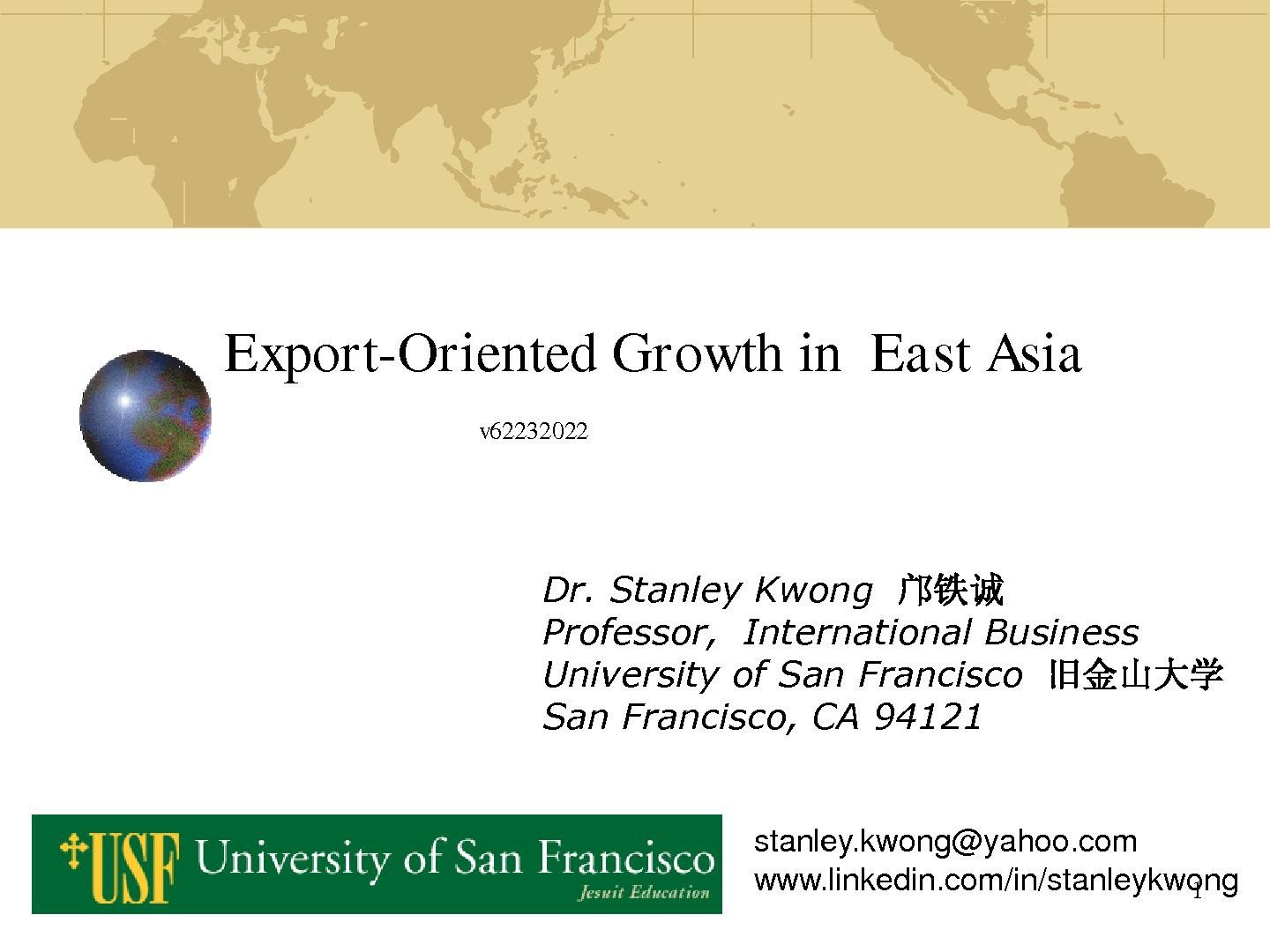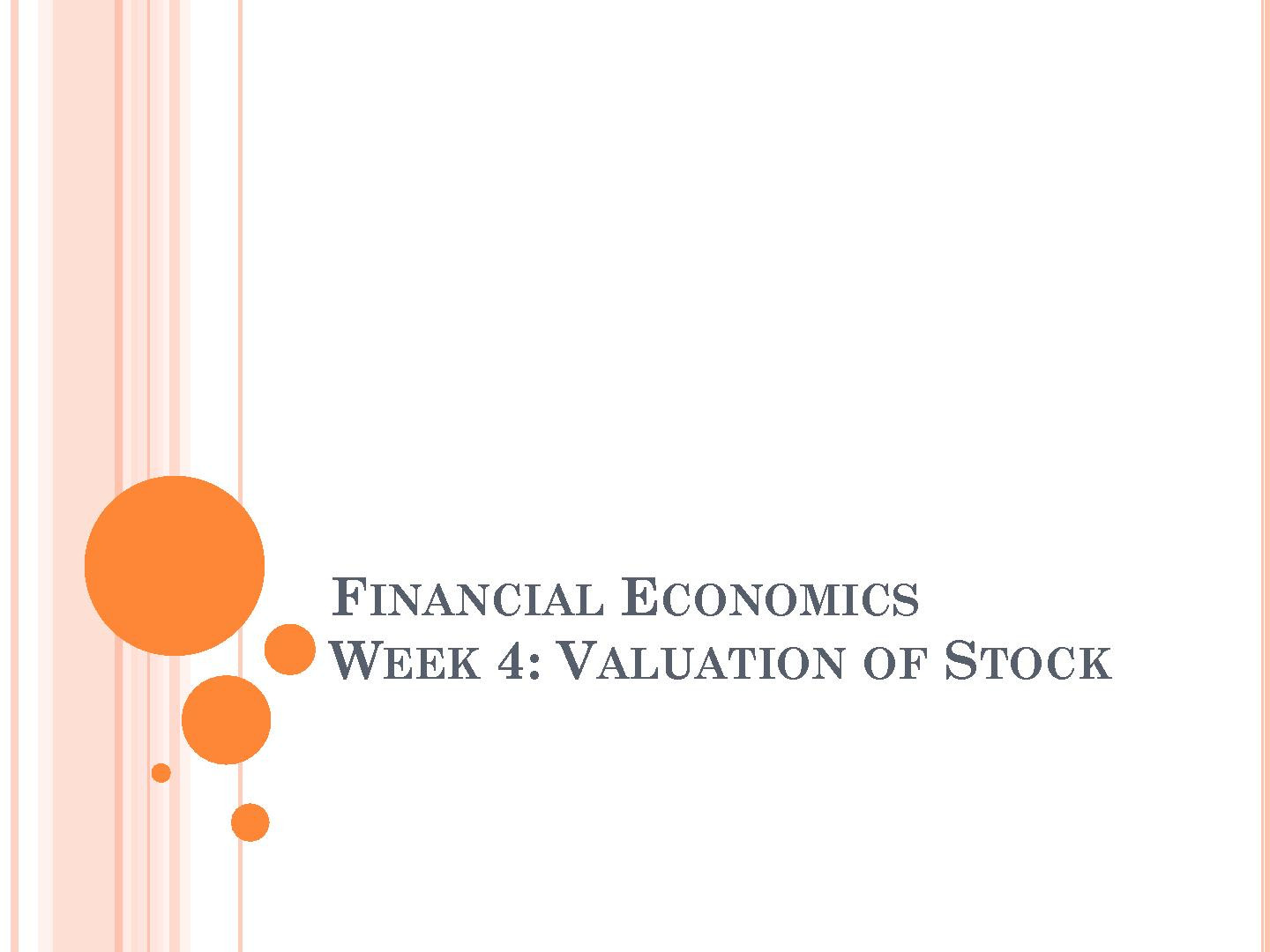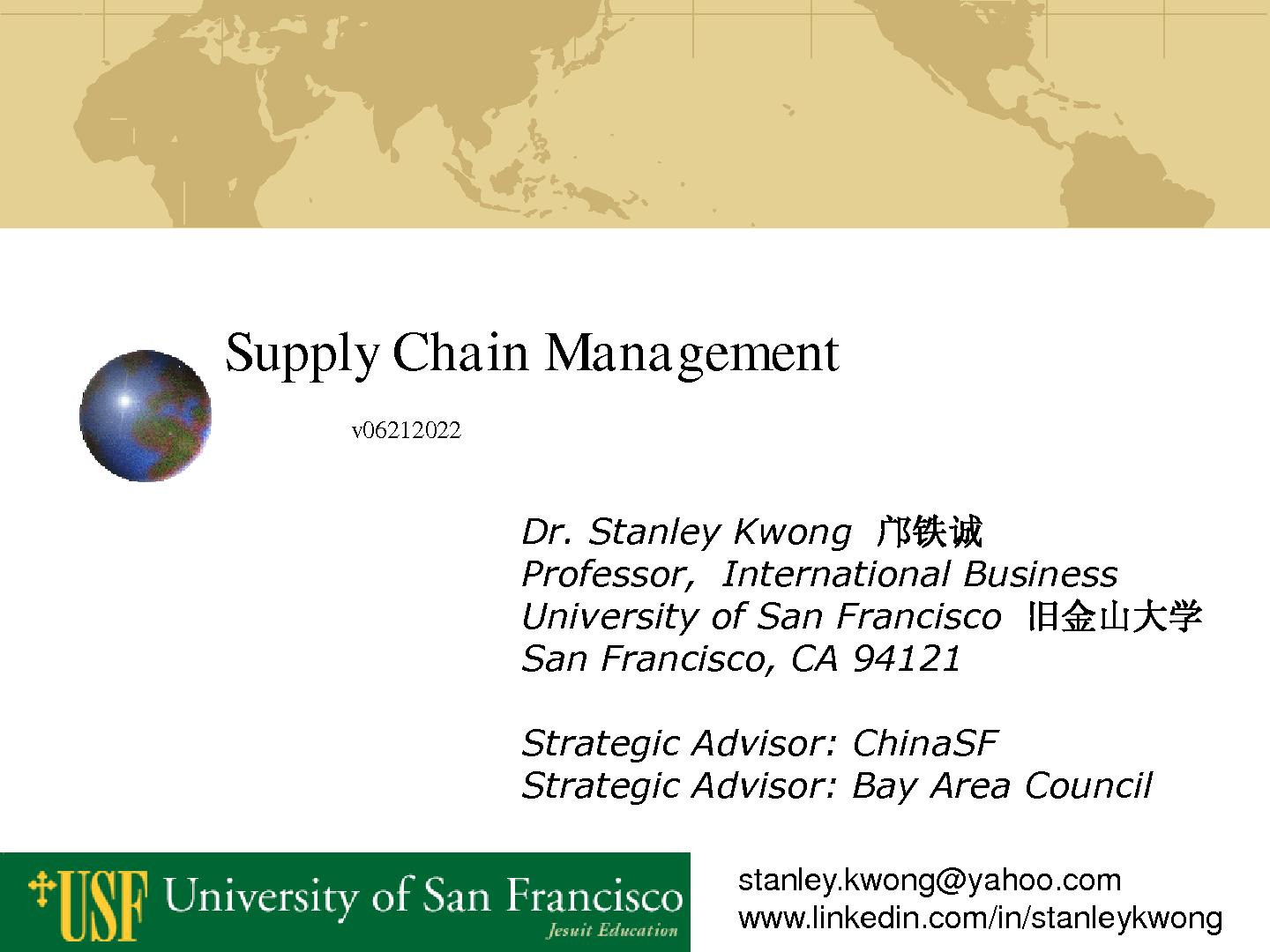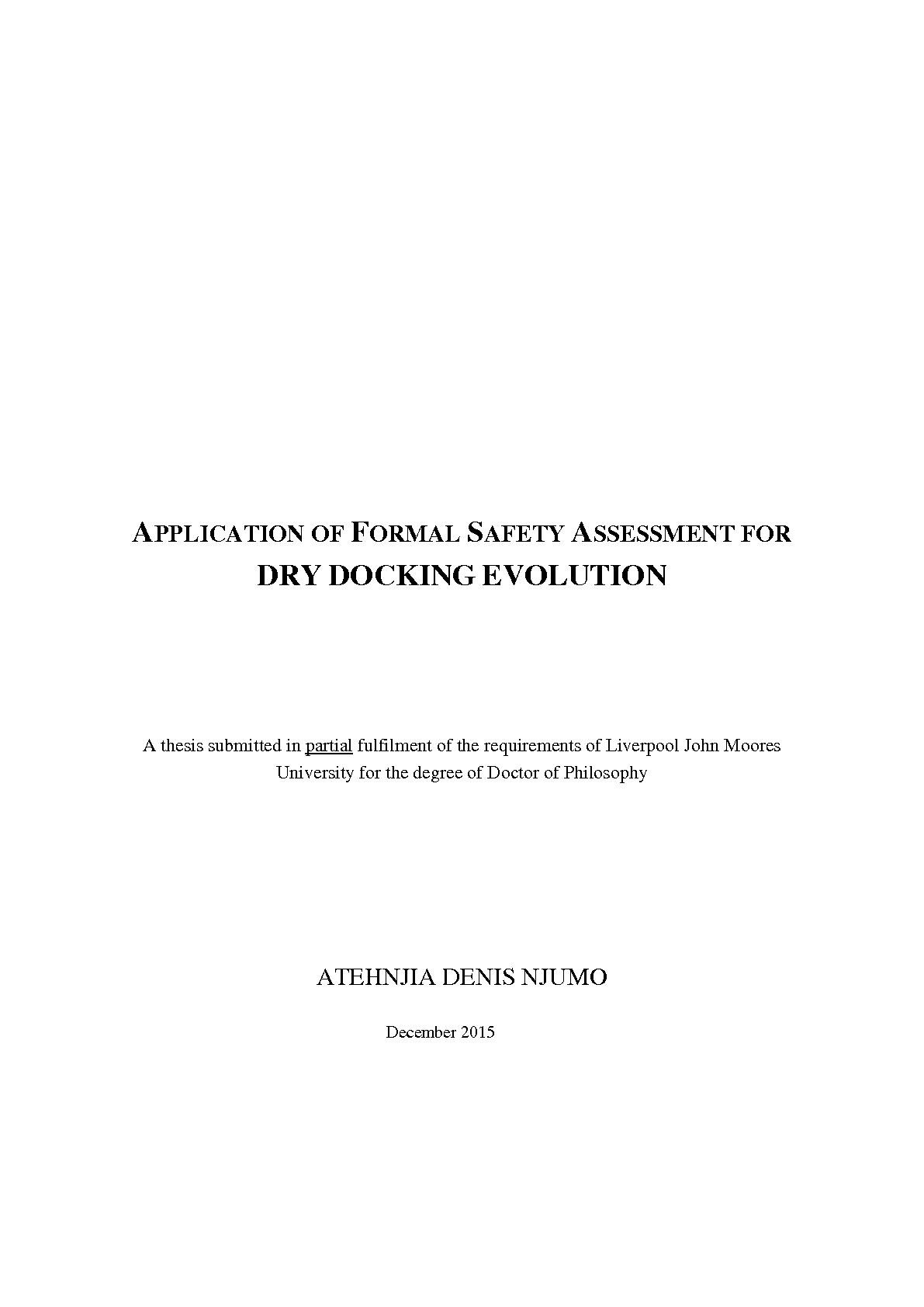Business management> Notes > Financial Economics (Second Edition) by Bodie, Zvi, Robert C. Merton, and David L. Cleeton 2009
Financial Economics (Second Edition) by Bodie, Zvi, Robert C. Merton, and David L. Cleeton 2009
Finance is the study of how people allocate scarce resources over time. Two features that distinguish financial decisions from other resource allocation decisions are that the costs and benefits of financial decisions are (1) spread out over time and (2) usually not known with certainty in advance by either the decision makers or anybody else. In deciding whether to start your own restaurant, for example, you must weigh the costs (such as the investment in fixing up the place and buying the stoves, tables, chairs, little paper umbrellas for exotic drinks, and other equipment you need) against the uncertain benefits (your future profits) that you expect to reap over several years. ... [Show More]Last updated: 3 years ago
Preview 1 out of 465 pages
Related documents

Global Competitiveness Report
The Global Competitiveness Report (GCR) is a yearly report published by the World Economic Forum. The report "assesses the ability of countries to provide high levels of prosperity to their citizens.” Global Competitiveness Report ranks countries based on the Global Competitiveness Index. Original ideas were based on Jeffrey Sachs's Growth Development Index and Michael Porter's Business Competitiveness Index. The Global Competitiveness Index integrates the macroeconomic and the micro/business aspects of competitiveness into a single index.

FINANCIAL ECONOMICS WEEK 3: VALUATION OF FIXEDINCOME SECURITIES
Fixed income securities: Securities that generate predetermined and fixed periodic payments. Examples include bonds, loans and mortgages, preferred stock etc. We focus on bonds. Maturity: the length of time for which a bond exists. Face value: the principal amount that is promised to be repaid at maturity. Coupon payments: the periodic interests generated by a bond. Coupon rate: the ratio of coupon payments over the face value. Usually expressed in annual terms.

FINANCIAL ECONOMICS WEEK I PART 2/2: INDIVIDUAL SAVING AND INVESTMENT DECISIONS
Study consumption patterns over one’s life time. A topic of microeconomics, macroeconomics, and financial economics. The latter two fields build their theories on the micro foundations. Key results: Consumers smooth their consumption over lifetime; they save when they are rich, and dissave when they are poor. Permanent income hypothesis Consumption is largely determined by permanent income, rather than transitory income.

FINANCIAL ECONOMICS WEEK 4: VALUATION OF STOCK
I. ABCS ABOUT STOCK A. COMMON STOCK: IMPORTANT FEATURES Represents ownership. Also known as equity or shares. A natural consequence of corporations. Shares are residual claims. Creditors and preferred shareholders (which will be introduced soon) must be paid as scheduled before common stockholders can receive any payments. Has limited liability. Common shareholders may lose their initial investment but not more. Common stock typically has voting rights. One share one vote. Internet technology has made voting easier for individual stockholders. The majority rule usually applies. But some decisions require the approval from more than one half of the stockholders.

Supply Chain Management
Supply Chain Supply chain is a system of organizations, people, activities, information, and resources involved in moving a product or service from supplier to customer. Supply chain activities involve the transformation of natural resources, raw materials, and components into a finished product that is delivered to the end customer

Conflicting Objectives - Fundamental Objectives and the Additive Utility Function
In this lecture, we will cover: Decisions with multiple objectives and attributes Criteria for fundamental objectives and their attributes Trading off conflicting objectives The additive utility function Assessing (quantifying) utility functions, i.e., scores, and weights
-preview.jpg)
AUTOMATED PILOT PERFORMANCE ASSESSMENT IN THE T-37: A FEASIBILITY STUDY
Research was conducted to develop a capability for quantification and assessr-nt of in-flight pilot performance for utilization in Under¬ graduate Pilot Training (UPT). This feasibility effort was directed to overcoming the disadvantages of the traditional subjective rating of a pilot trainee's performance by the instructor pilot. This was accomplished through the development of an automated, objective performance measurement system that possesses the characteristics of reliability, validity, and sensitivity.

APPLICATION OF FORMAL SAFETY ASSESSMENT FOR DRY DOCKING EVOLUTION
This research has evaluated the rules, guidelines and regulations related to docking a ship in floating-graving yards. Historical failure data analysis is carried out to identify associated components, equipment and the area of defects related to ship docking evolution problems. The current status of ship docking evolution is reviewed and possible sources which cause accidents are recognised. The major problems identified in this research are associated with risk modelling under circumstances where high levels of uncertainty exist. Following the identification of research needs, this work has developed several analytical models for the application of Formal Safety Assessment (FSA). Such models are subsequently demonstrated by their corresponding case studies with regards to application of FSA for ship docking evolution.
-(Pearson-Custom-Library-Learning-Resources)-(Bodie,-Zvi,-Merton,-Robert-C,-Cleeton,-David)-()-preview.jpg)
